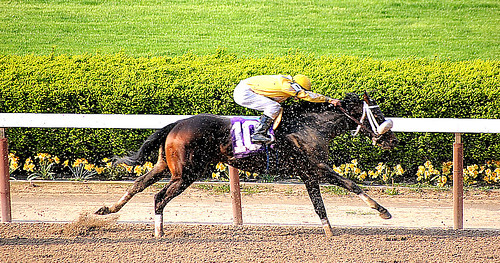This is the Kent mansion into which Michael Jackson was due to move this weekend.
The property’s owner, businessman Osman Ertosun, and his wife and two children moved out of aprox. 31 Million Dollar manor in Chislehurst, Kent, more than a week ago and were preparing to stay elsewhere for a year.
The Grade II-listed mansion is among the largest private properties in Greater London. Jackson paid about 2 million to rent it until next February. His concert venue, the O2 Arena, is just ten miles away.
The star had personally selected the house after visiting it secretly around the time of his Press conference in London in March.

The property’s owner, businessman Osman Ertosun, and his wife and two children moved out of aprox. 31 Million Dollar manor in Chislehurst, Kent, more than a week ago and were preparing to stay elsewhere for a year.
The Grade II-listed mansion is among the largest private properties in Greater London. Jackson paid about 2 million to rent it until next February. His concert venue, the O2 Arena, is just ten miles away.
The star had personally selected the house after visiting it secretly around the time of his Press conference in London in March.



Here is the rental where he died. His rent was $100,000 per month. Then of course you need grounds keepers, maids, utility bills, etc. May his soul rest in peace.



Bel Air is an affluent residential area located in the Westside hills in Los Angeles, California. Home to the stars, Bel Air forms the famous Platinum Triangle of Los Angeles, together with Beverly Hills and Holmby Hills.
The whole area is divided into two sectors. The lower portion is strictly residential, and houses the older estates north of the Sunset Boulevard. It boasts of vast expanses of flat and lush scenery, and is the spot to look into for those who plan on leasing a mansion. The upper portion weaves through the foothills of the Santa Monica Mountains. The area consists of the more quaint homes from post-World War II, and a couple of commercial districts along Mulholland Drive.
Many celebrities have made their homes within the gates of Bel Air. In fact, some of the more recent celebrity purchases include singer Avril Lavigne, who with her husband recently settled in a 12,000-square-foot mansion that cost them $9.5 million, and controversial singer Rihanna, who had to shell out $12 million for a Bel Air mansion. Of course, stars like Paris Hilton, Meg Ryan and Jennifer Lopez are also neighbors in the plush neighborhood.
The attraction of this neighborhood as a celebrity community is such that many find ways to stay in it despite financial troubles. Embattled pop singer Michael Jackson, for one, has taken the option of leasing a mansion in Bel-Air. In the midst of news about his financial woes, the singer recently signed a one-year lease contract for $100,000 per month over a mansion with seven bedrooms, 13 bathrooms and 12 fireplaces.
And who wouldn't fall for the grand Bel Air charm and not consider leasing a mansion in Bel Air? Imagine the typical image of a Bel Air home: a house as big as a palace fit for a royal family, nestled on a vast expanse of manicured lawn, a lush garden of greens, a driveway and a big garage for your Mercedes and Porsches, a swimming pool and a tennis court, and a man in a tuxedo standing by to open the door for you.
Indeed, many affluent families who are looking for a taste of the celebrity life have considered leasing a mansion in this area as the next best thing to buying real property there. For anywhere between $20,000 to a whopping $100,000 a month, you can live the high life in this area and enjoy its star-studded attractions such as the Bel Air Country Club and the Hotel.






